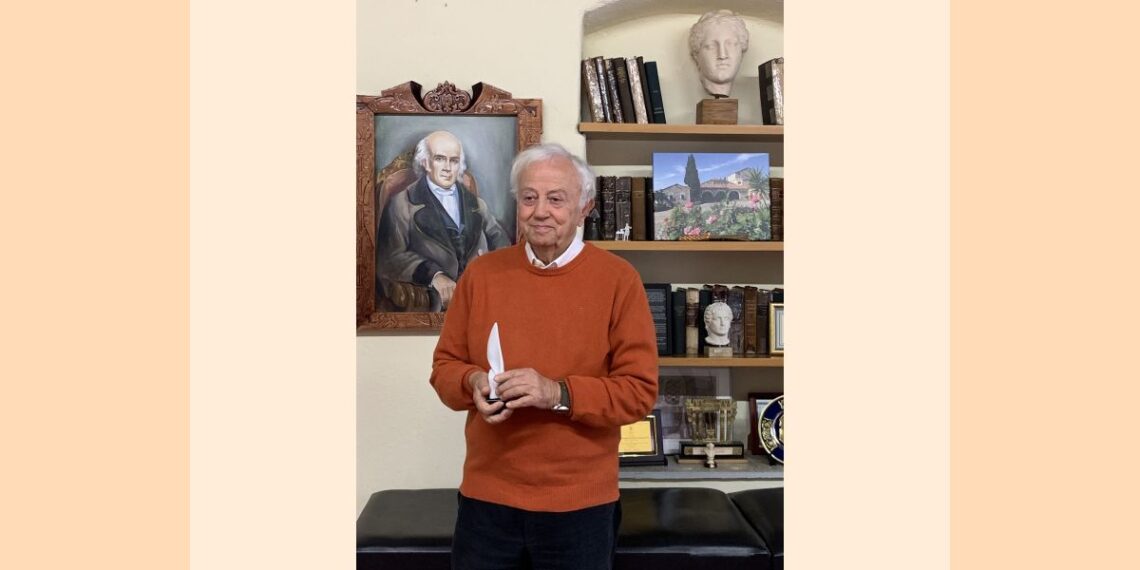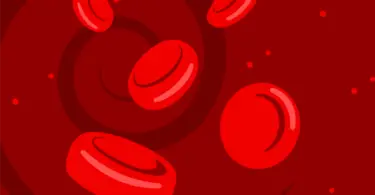It is not every day that one is criticised by the guru of modern classical homoeopathy, George Vithoulkas, so I have tried to choose my words carefully and respectfully. He deserves nothing less for the great work developing homoeopathy that he has undertaken over many years. But I also believe that GV shares something with the rest of us – he is not always correct.
In his criticism of my work he has committed the same error made by most orthodox critics of homoeopathy – criticising without knowing the facts.
GV has not studied my data, therefore how can he claim that “there is nothing really documented”.
He does say that “the arguments raised by Golden in this interview are not substantiated and scientifically thorough”. Of course they were not, it was an interview, not the actual research findings. But even when he refers to the interview he shows he did not read what I said carefully.
He stated that “Golden in his interview with you claimed that after giving repeated doses of several remedies to a population for prevention he observed no proving symptoms developing in anyone of them”. GV is incorrect.
In the interview I said that “Regarding reactions to the HP; my data shows reactions to less than 2% of doses. Whether they are proving symptoms, or a healing response, is questionable. My belief is that there would be both types of reactions.”
The reason why I went through a Doctoral program at an Australian University from 2000 to 2004 was that I wanted my research since 1985 to be vetted by orthodox medical scientists. As I said in my interview, one of my supervisors was a Professor of Medicine, and the other was a medical epidemiologist. This was the best way I could think of to make my data collection meet GV’s criteria of being as “substantiated and scientifically thorough” as possible.
Now I am the first to admit that my research has limitations – all research does. GV wants us to be “serious in our endeavours and research”, and that “new ideas are necessary but nobody should present them publicly before testing them again and again” – I think 20+ years of data collection and publication, and vetting by senior medical scientists fits those aims.
GV gives an outline of how testing could occur. “We can give remedies during an epidemic and this only after we have treated some cases and found out the “genus epidemicus” that covers well such an epidemic. After such a trial, we can compare these results with a group of no vaccinated population and after repeating it a few times publicize the results”.
With the following two variations, this is essentially what I have done; (i) there was not a declared “epidemic”, but the diseases studied were circulating in the community as evidenced by regular infections, and (ii) I generally used the relevant Nosodes rather than a genus epidemicus remedy. I then compared these results with unvaccinated infection rates as well as with vaccinated infection rates, and repeated the comparison annually for many years.
The great advantage of my method, where diseases are not epidemic but are continually present, and are potentially life threatening (e.g. meningococcal meningitis where death can occur within 48 hours), is that we don’t have to wait for people to fall sick before we can offer safe and highly (but not completely) effective prevention. To me, this perfectly satisfies Hahnemann’s aims stated below.
So with respect, I hope the next time GV comes to criticise my findings that he will first investigate what the findings are.
But there is more. Philosophically, I believe that GV’s understanding of the Law of Similars is excessively narrow. The Law is not an invention of Hahnemann, nor is it the property of homoeopathy. It describes a Law of Nature. As such, it is not limited to a text book definition concerning how we select remedies for treatment, but is a description of the relationship between energetic stimuli and recipients of that stimuli.
So we may say that a substance which can produce symptoms in a healthy person can remove similar symptoms in an unwell person, and we can observe that happening in the real world, and we can predict and repeat the removal of symptoms.
We can also say, as part of the same Law of energetic interaction, that a substance which can produce symptoms in a healthy person can prevent similar symptoms in another person and, in relation to infectious diseases, we can observe that happening in the real world, and we can predict and repeat the prevention of symptoms.
GV stated, when asked about the action of Belladonna as a homoeoprophylaxis in scarlet fever, that “The explanation is that since the symptoms of the patients with scarlet fever were matching the symptomatology of Belladonna then this remedy will act as a curative remedy only for these people of course, and not as a preventative. So a curative response were misunderstood and misinterpreted as prophylaxis”.
However, Hahnemann said “Who can deny that the perfect prevention of infection … would offer infinite advantages over any mode of treatment …”, and “The remedy capable of maintaining the healthy uninfectable by the miasm of scarlatina, I was so fortunate to discover”. Hahnemann described an outbreak in a house where the only person free from the disease was previously “taking Belladonna for an external affection on the joints”, “and a number of other opportunities presented themselves to me where this specific preventative remedy never failed”. Hahnemann’s experience and language has been repeated frequently by the old masters since 1801. Hahnemann’s statements are unambiguous, and there is no misunderstanding.
GV appears to be arguing that prophylaxis does not happen, but if the correct remedy is given “once the symptoms of this remedy are starting to manifest already” then it will stop the infection in its tracks, and therefore they may appear to have escaped the infection. This is not an unreasonable explanation involving very early treatment appearing to be prevention. But it is not the only possible explanation, especially in those situations (1) where no symptoms have manifested, and (2) where the remedy is given prior to any possible exposure, and is an effective preventative once exposure occurs. Situation (2) is where most of my research has been targeted.
And this is the point about homoeoprophylaxis. Hahnemann understood it, Boenninghausen understood it, Kent understood it, as have thousands since then. The Law of Similars is a principle of Natural Law that applies as much to prevention as to treatment, and we have evidence supporting its action in both forms.
To deny the use of appropriate homoeoprophylaxis is to deny one of the great advantages and blessings that homoeopathy has to offer.
Further, GV says that “Under no circumstances we, homeopaths, could be talking about homoeoprophylaxis in the way that vaccinations are used and acting today”. I totally agree! Just because HP can be used in advance of exposure, as well as during an epidemic, does not make it a variant of vaccination, and anyone who makes that comparison totally misunderstands our method.
GV has opposed the non-epidemic use of HP for 20+ years. I have used it for 20+ years. I have collected data for 20+ years. So GV’s comments are really speculative, given that he has neither used the method, nor studied the evidence available for its use in the manner I describe.
I began by acknowledging the great respect I have for GV’s great contribution to homoeopathy, but I believe that he has, like many others, failed to appreciate the breadth of the Law of Similars, and the potential benefits of appropriate homoeoprophylaxis. I am more than happy to continue a courteous and informed debate about homoeoprophylaxis with GV, or anyone else. But let’s bring to the debate all the evidence that is there, of which mine is a modest but relevant contribution.




